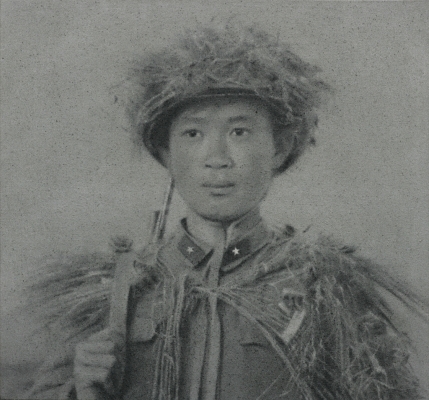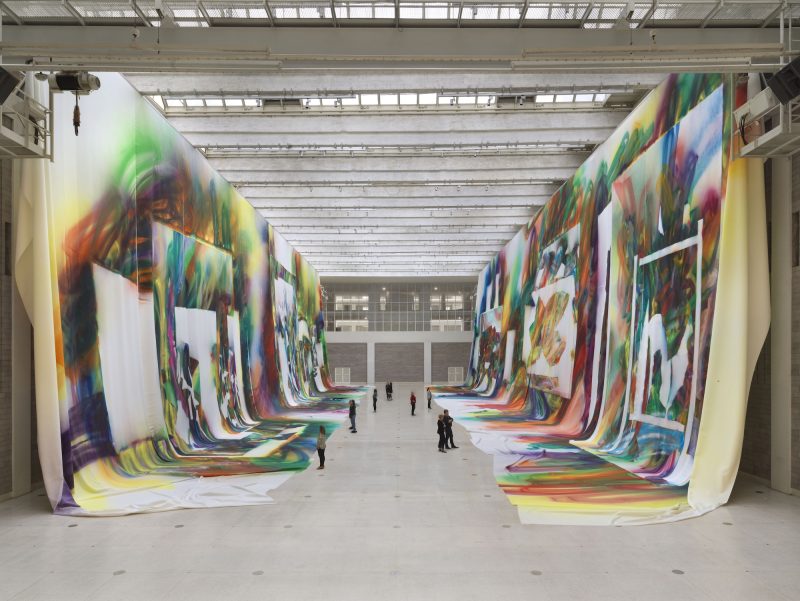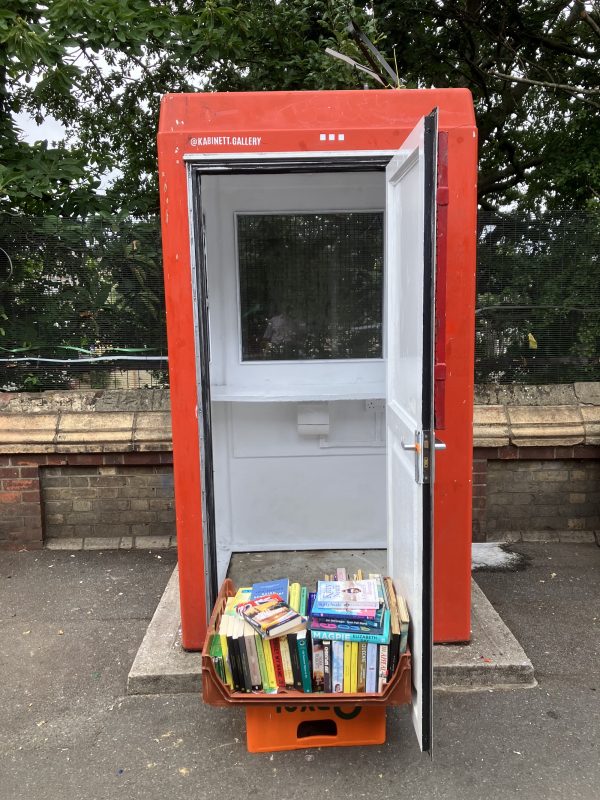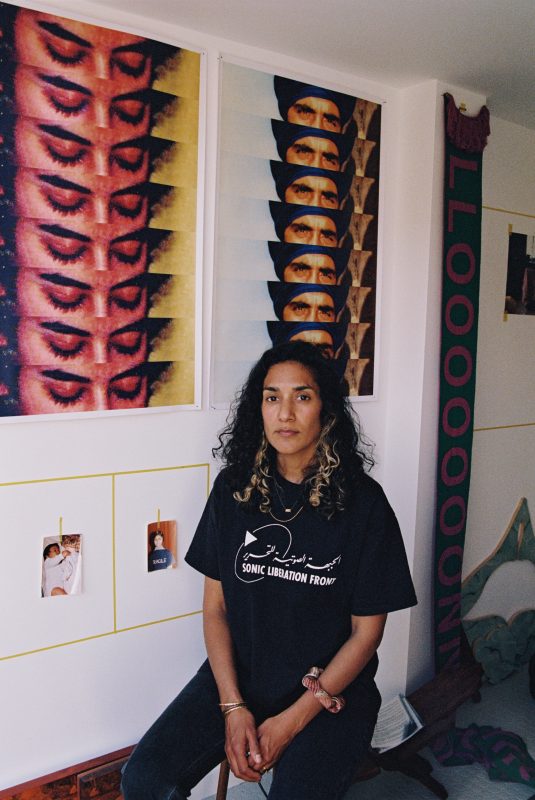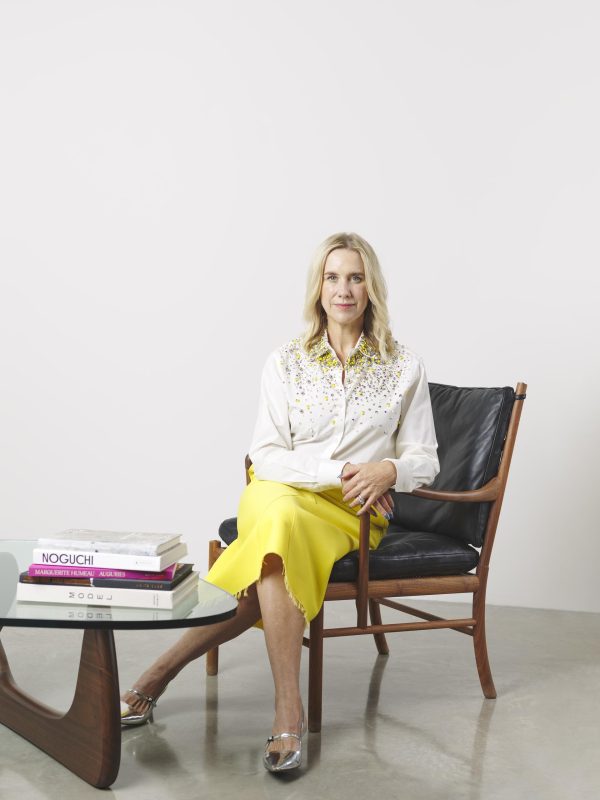While known primarily for his performances in the early 1990s, which involved feats of physical and psychological endurance, Zhang Huan’s recent work has featured sculptures and paintings that explore themes of memory and spirituality and how these relate to Buddhist practice.
The Bhavachakra cycle, or ‘Wheel of Life’ is observed not only in his spiritual life but in his performances, sculptures and paintings addressing political action and social responsibility. For his first exhibition at White Cube in 2009, Zhang Huan created an installation and series of paintings based on a renowned survivor of the recent earthquake in the Sichuan Province of China, a pig that lived, trapped, for 49 days after the quake, surviving on rainwater, rotten wood and a small amount of foraged feed. His survival was hailed as a miracle and he was given the name ‘Zhu Gangqiang’ (‘Cast – Iron – Pig’). According to Buddhist scripture, 49 days is the amount of time that a soul remains on earth between death and transmigration. The pig’s fortitude resonated with Zhang Huan, who drew broad parallels with his own narrative as both outsider and survivor, while the drive to persevere and retain hope, even under extreme pressure, recalls the spirit of Zhang in his early performance art. Using incense ash from Buddhist temples as his medium, he created a series of paintings on linen honouring Zhu Gangqiang. along with a number of vanitas paintings featuring skulls. Both groups of work celebrate the fleeting, sometimes heroic, nature of existence and the quiet, inevitability of the life cycle.
Zhang Huan was born in 1965 in Anyang City, Henan Province, and lives and works in Shanghai, China. From 1998 to 2005, he lived in New York, where he gained international recognition. He has had solo exhibitions at the Rockbund Art Museum, Shanghai (2011), Shanghai Art Museum (2010), Vancouver Art Gallery (2008), the Asia Society, New York (2007), and the Norton Museum of Art, Florida (2004) and has featured in numerous group exhibitions including the Shanghai Biennial (2010), the Ullens Center for Contemporary Art, Beijing (2008), the Museum of Contemporary Art, Chicago (2007), the 6th Gwangju Biennale (2006), Whitney Biennial (2002). In September 2009, he directed his first opera, Semele (by George Frideric Handel) in Brussels and Beijing, and the following year, participated in the Shanghai World Expo.
